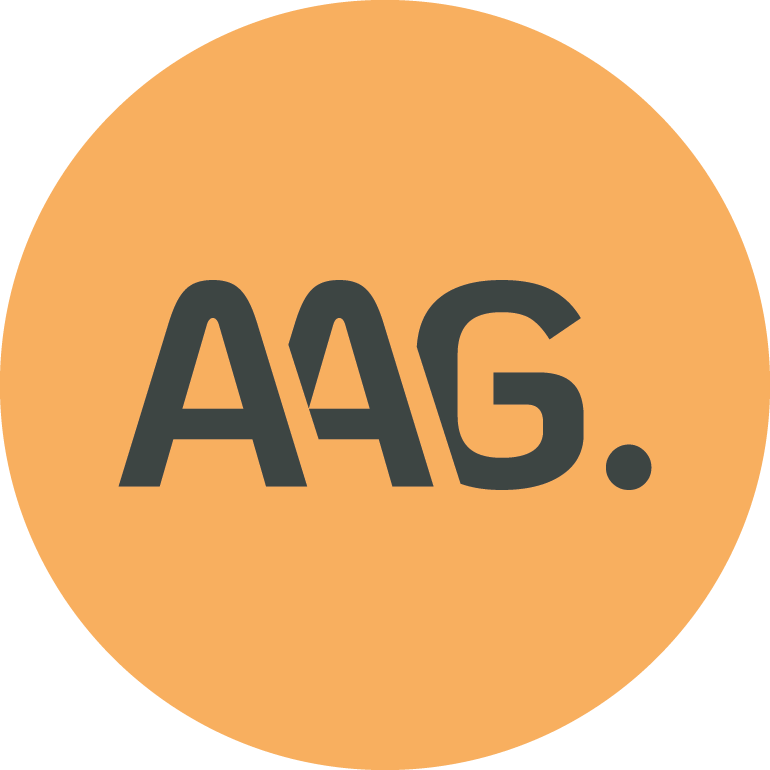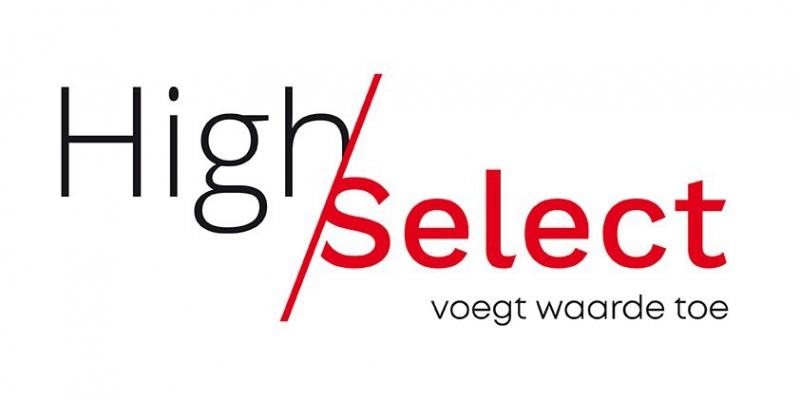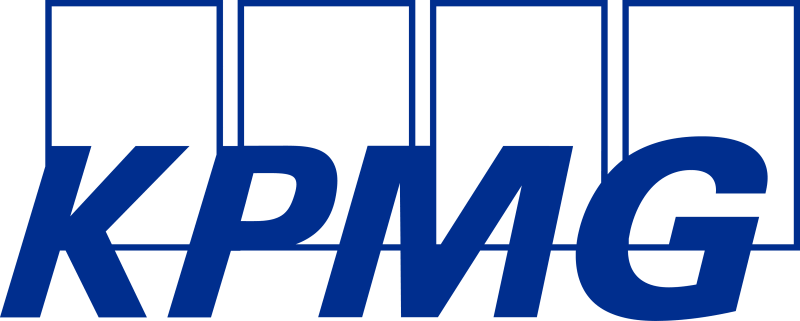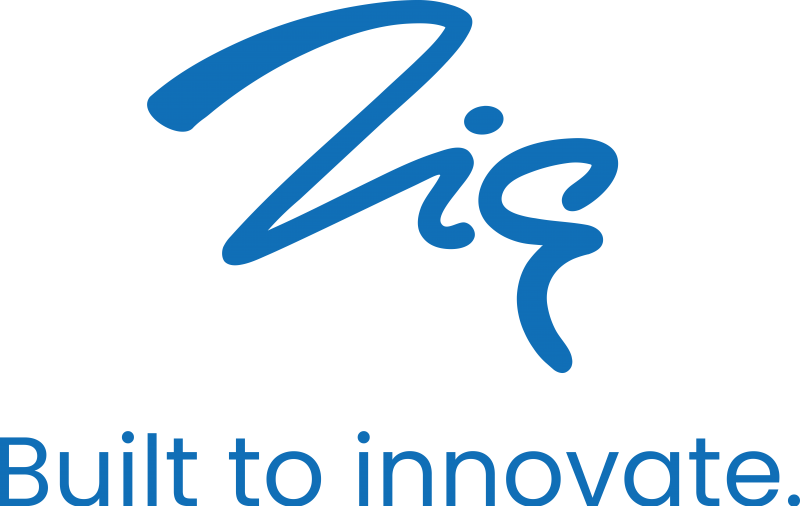On Thursday 14 February during the break, the second edition of the Business Administration Reflection Time (BART) took place. In total 31 students and 16 staff members joined discussions about the following three themes:
-
Educational structure
Focussing on working groups: what is the value of working groups, what is the ideal size of working groups and should working groups be mandatory or not?
-
Evaluations
Focussing on the best way to evaluate, the best time to evaluate and the best way to communicate about the evaluation results.
-
The programme of Business Administration
Focussing on the programme in total: what do we think about the programme design, where do we see overlap between courses and what do we miss in the programme?
This article summarizes the conclusions and recommendations of the discussions.
Educational structure
The value of working groups
Having working groups adds value to a course, by adding to the level of interaction between students among each other and between students and teachers. Working groups also enhance the learning process of students throughout the block on a continuous basis, which helps them spread the working load of a course. Courses without working groups should instead offer teacher consultation options or practice environments with teachers.
There’s a variety of types of working groups (e.g. consultancy hours, Q & A, high interaction working groups, seminars). One of the conclusions of the discussion was that teachers should consider the goal of the working group, consequently choose the appropriate format and understand the consequences of the chosen format.
The size of working groups
In general, the ideal size of the working groups was agreed on as twenty to thirty people. Seminars with more students (up to fifty people) were discussed as being too similar to lectures in their approach and environment. These seminars lead to less interaction between students and less contact with the teacher, which decreases the value of the working groups. The main indicator of a well-fitted size for working groups is the possibility of continuous interaction instead of only exchanging information.
In the current situation, the size of many working groups is too big. Students and staff prefer smaller sizes of working groups, but they acknowledge the difficulty of achieving this. An alternative solution to the problem might be found in the size of the groups in which students work together on assignments.
If these groups are small (between two and four people), the problem of a large working group is partially balanced out.
Mandatory working groups
Students and staff members concluded that there are arguments in favor of and arguments against mandatory working groups. A high level of attendance to working groups increases the effectiveness of workings groups, which in turn results in higher passing rates. This can be achieved by making the working groups mandatory. Mandatory working groups are deemed necessary for courses like Academic Skills and courses for which active participation of all students (for instance in presentations or discussions) is an essential requirement. However, university students are expected to be responsible and accountable for their own learning process and having mandatory working groups doesn’t match with this element of the university setting. Furthermore, mandatory groups may lead to students who might not be motivated to participate in the working group and might even influence the learning process of the group negatively.
Overall conclusions and recommendations
-
having working groups adds value to a course;
-
teachers should consider the goal of the working group, consequently choose the appropriate
format and understand the consequences of the chosen format;
-
the main indicator for a well-fitted size for working groups is the possibility of continuous interaction between students and between students and teacher;
-
if the size of the groups in which students work together on assignments are small (between two and four people), the problem of a (too) large working group is partially balanced out;
making working groups mandatory increases the attendance and effectiveness of working groups, but doesn’t match with the university setting in which students are responsible and accountable for their own learning process.
Evaluations
The way of evaluating
The current evaluation form isn’t always adequate for evaluating the course: sometimes questions do not apply to a particular course and/or questions that could obtain specific information of a course are missing. Customized evaluation forms would enhance the quality of the evaluation.
Students fill out the evaluation forms anonymously. This helps them to evaluate the course without any restraint. Most often leading to valuable feedback, though sometimes also to feedback that teachers don’t completely understand. In the latter case, it would be helpful if teachers were able to contact students. Staff and students agree that the evaluation form should stay anonymous, but suggest adding a question in which students can voluntary leave their email address, so teachers can contact them if needed.
Organizing panel evaluations in which students give feedback on a during or after a course are found very useful. Panel evaluations during the course are helpful in solving issues immediately, whereas panel evaluations afterwards, help teachers who have questions after assessing the results of the written evaluation.
The moment of evaluating
Most evaluations are held directly after taking the exam. Students and staff agree that this is not the best moment to evaluate. Students don’t always get enough time to finish the exam and the evaluation or they feel too tired after working so hard on the exam. Staff members fear that the evaluations are negatively influenced by the students' tiredness or by the experiences the students had during the exam. Another issue with evaluation only after the exam is that necessary changes can’t be made during the course.
Suggestions for better timing of the evaluation are: using panel evaluations during the course, using more online evaluations and try to increase the response of those evaluations, split the evaluation in a course evaluation at the last course meeting and an (online) evaluation focussing on the exam after the exam.
Feedback to students on the evaluation
Teachers inform students about the evaluation and changes in a course through a paragraph they post on Brightspace. Students find this paragraph to be very general and vague and don’t feel that it responds to the remarks they made. They would like to be informed on a more detailed level.
Staff members explain that it is undoable to respond to all individual remarks and that their response is the outcome of balancing out the different suggestions for improvement made by the students and the need for improvement they see themselves based upon their own experiences with the course over the years.
Overall conclusions and recommendations
-
customized evaluation forms could enhance the quality of the evaluation;
-
voluntary adding contact information to the evaluation form might help teachers to better understand the feedback by being able to get in contact with the student who gave the feedback;
-
panel evaluations are useful (during and after a course); search for better timing of the evaluation, possibly splitting the evaluation in two moments before and after the exam.
The programme of Business Administration
Programme design and overlap of courses
Students would like to see a course like 'organizational design' or 'system theory' moved somewhat forward in the bachelor programme. They see these courses as a basis of the programme which provides insight for all other courses and Business Administration in general.
Several courses use the same theories (like Argyris, Mintzberg and Hofstede). Staff members stress the power of repetition and students partly agree to this. However, they would rather see growth in the use of the same theories: as an extension to the previously learned knowledge. If courses use the same theories, they should know it from each other and they should mention explicitly the reason why they do so.
Missing elements in the programme
Students would like to see more integration of method courses in regular courses. This especially counts for the use of quantitative methods. Students like to learn how to interpret quantitative results in the context of a regular course project. Teachers recognize this and think students more often chose to do qualitative research in a bachelor thesis, because of the lack of practice with quantitative research methods.
With regard to qualitative methods, these could also be integrated into regular courses such as the interview technique in a course on strategy. Students and staff also stress the integration of IT- aspects in the existing courses since IT is deemed necessary for many contemporary jobs.
Missing in the programme is also practical experience. Students recognize the value of an internship, as part of the programme (for EC) but are afraid that it leads to delay in their studies, resulting in additional costs. They also think it’s difficult to balance the importance of doing research during the internship and gaining practical experience.
Finally, students miss a clear overview of electives. Staff members state that students have many options (at this university or at other universities), which makes it difficult to make such an overview. Yearly changes in courses make it even more complicated.
Overall conclusions and recommendations
-
moving an organizational design course somewhat forward in the bachelor program;
-
recognize overlap in used theories, focus on deepening the understanding of the theories instead of repetition and be clear about the reasoning behind it;
-
integration of research techniques in content-oriented courses;
-
integration of IT-aspects in the programme;
-
exploring opportunities of well-balanced internships which don’t cause delay of the study programme;
-
providing a better overview of electives.













.png)












